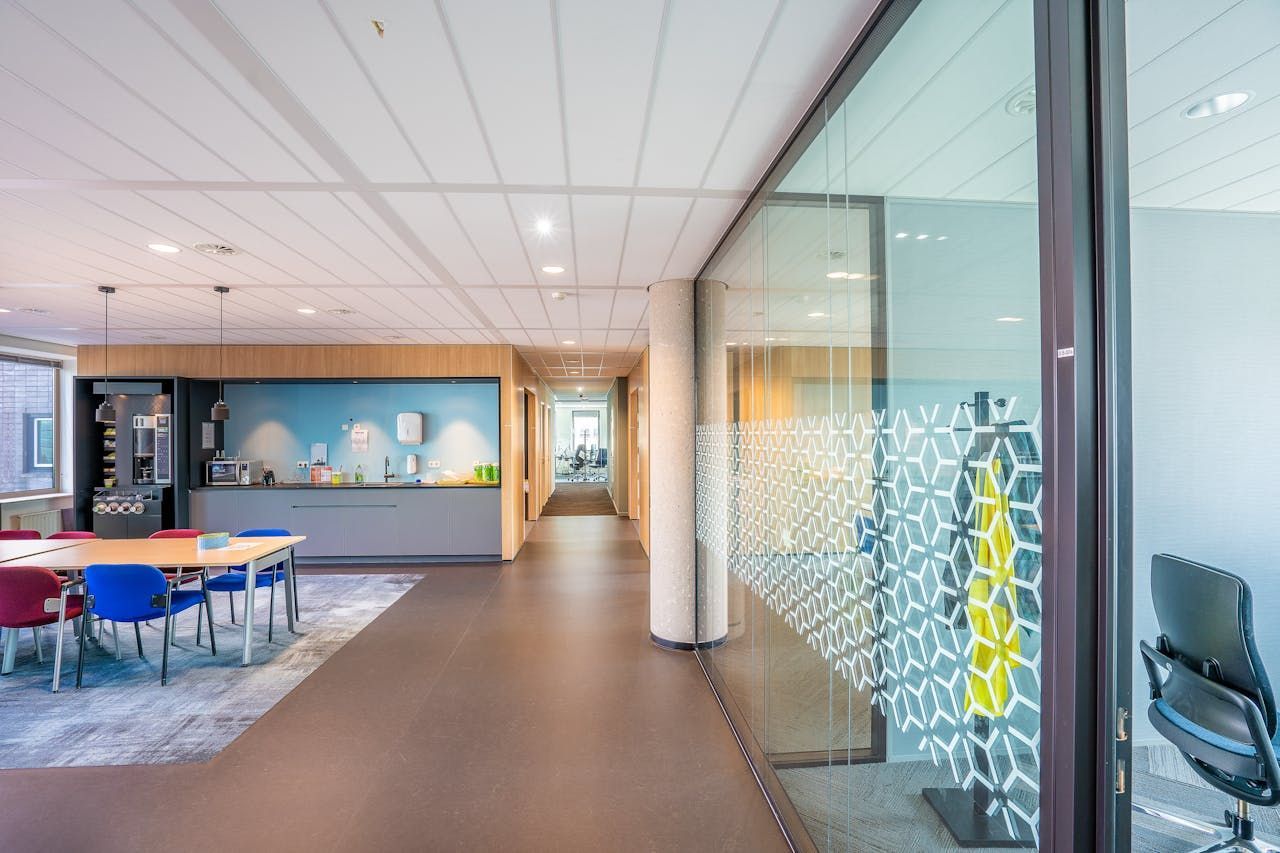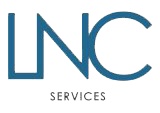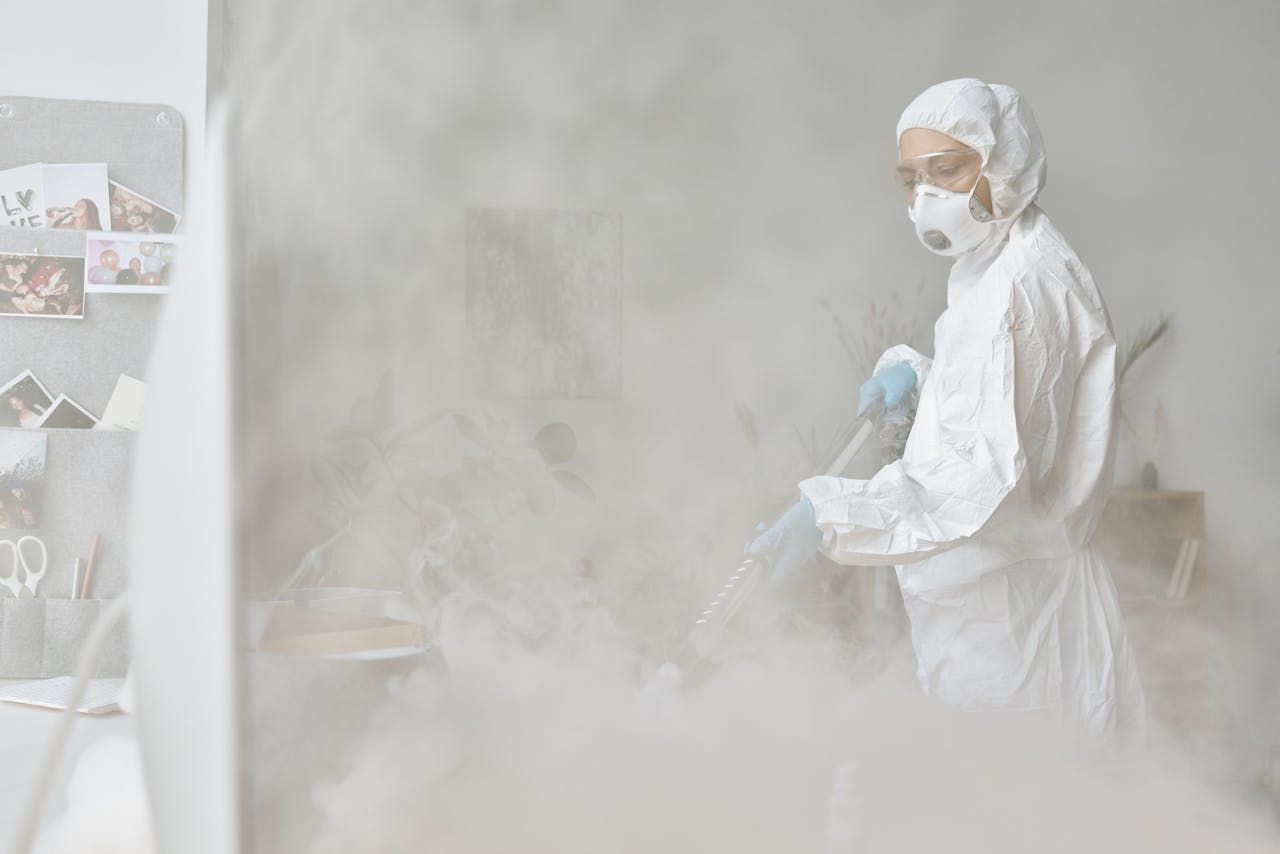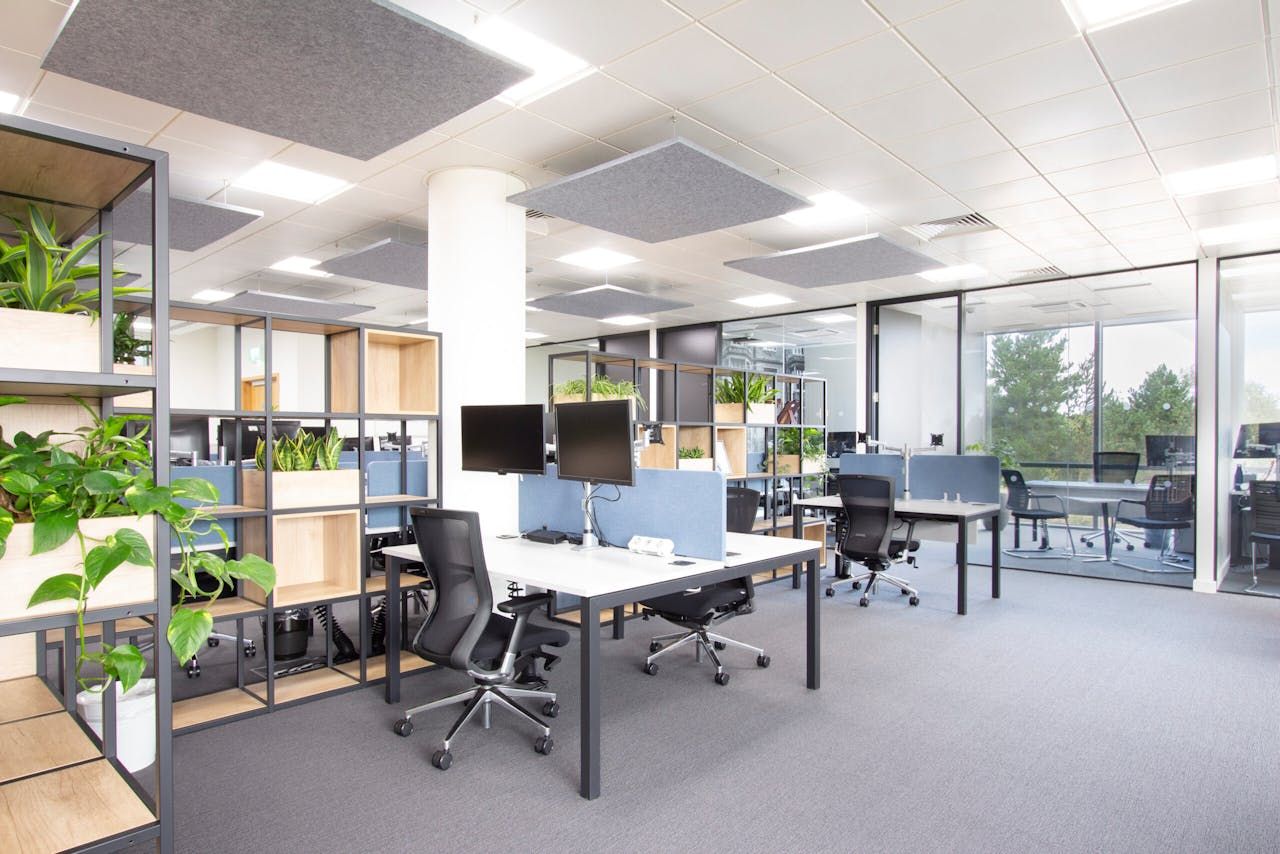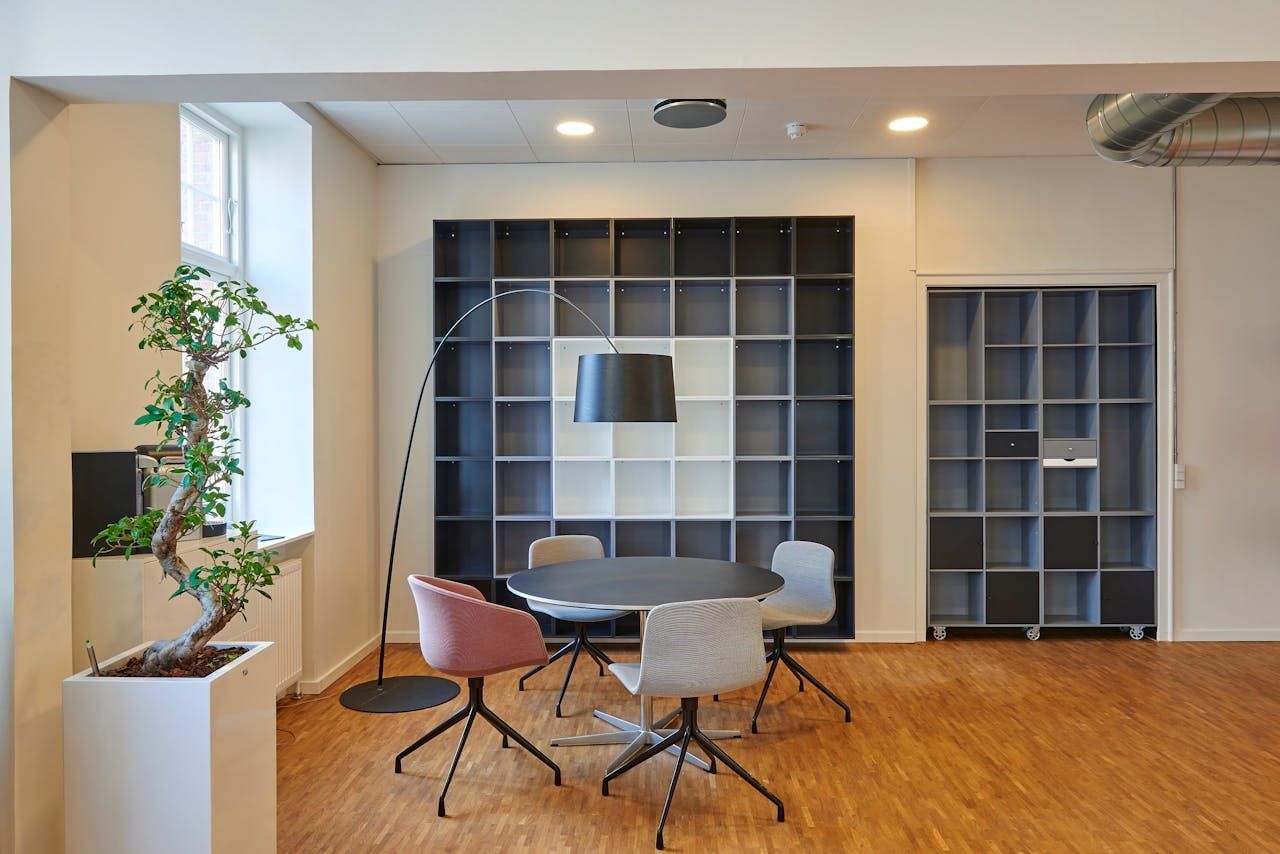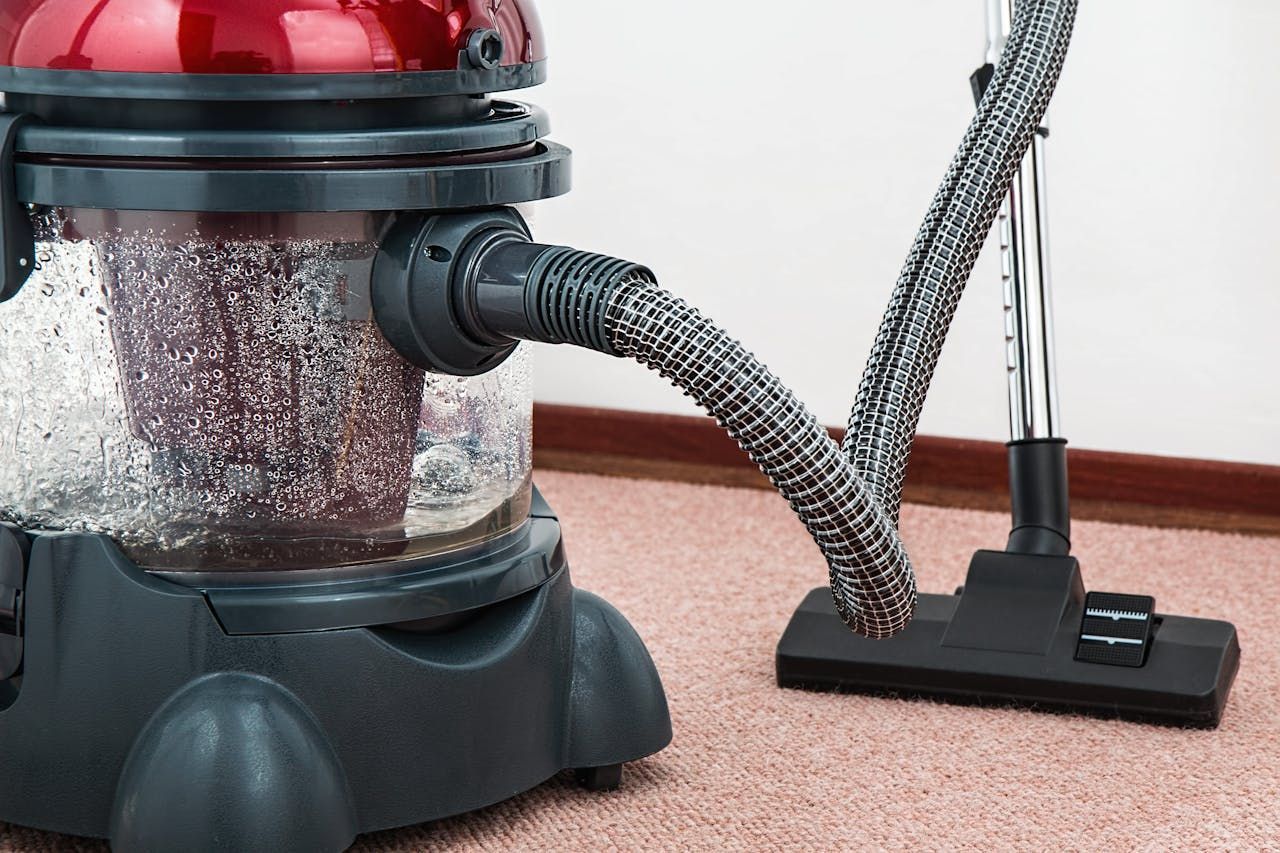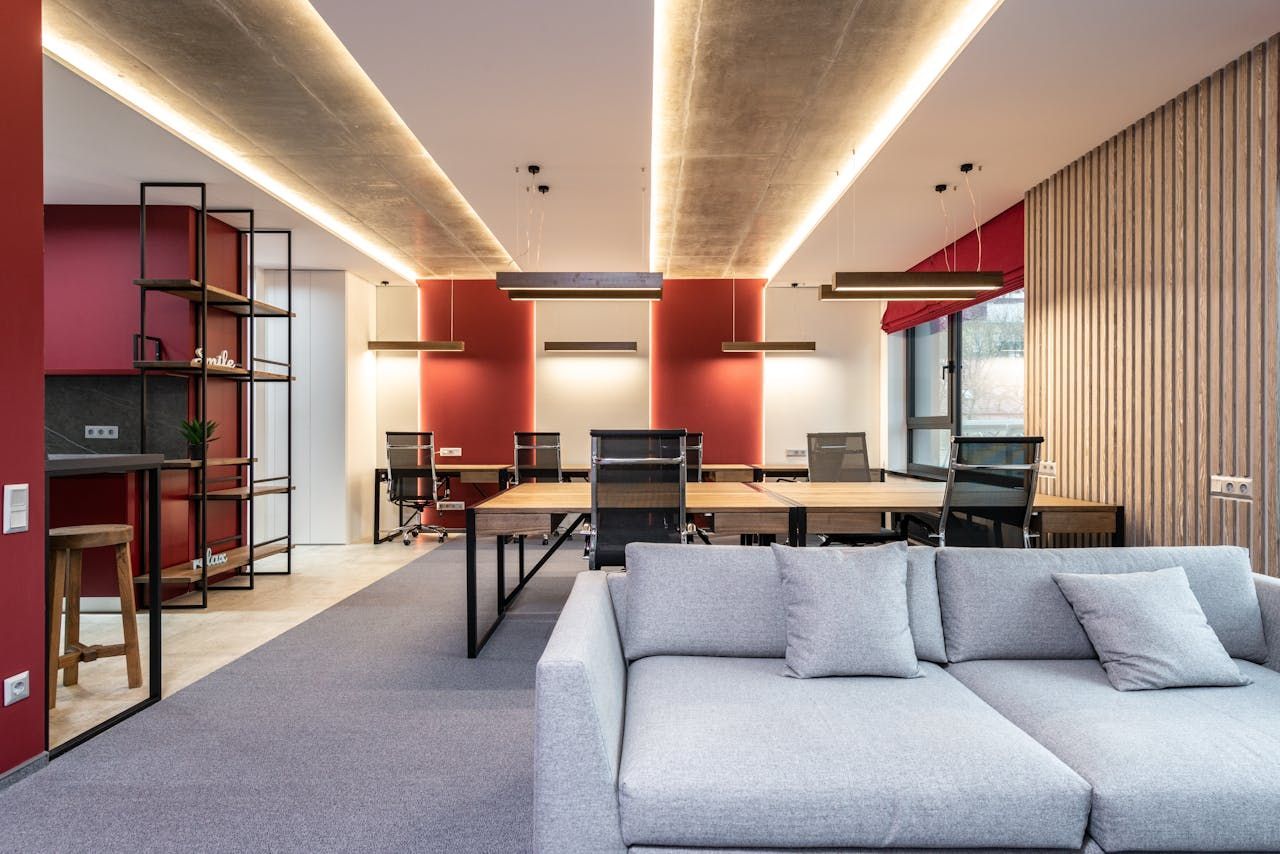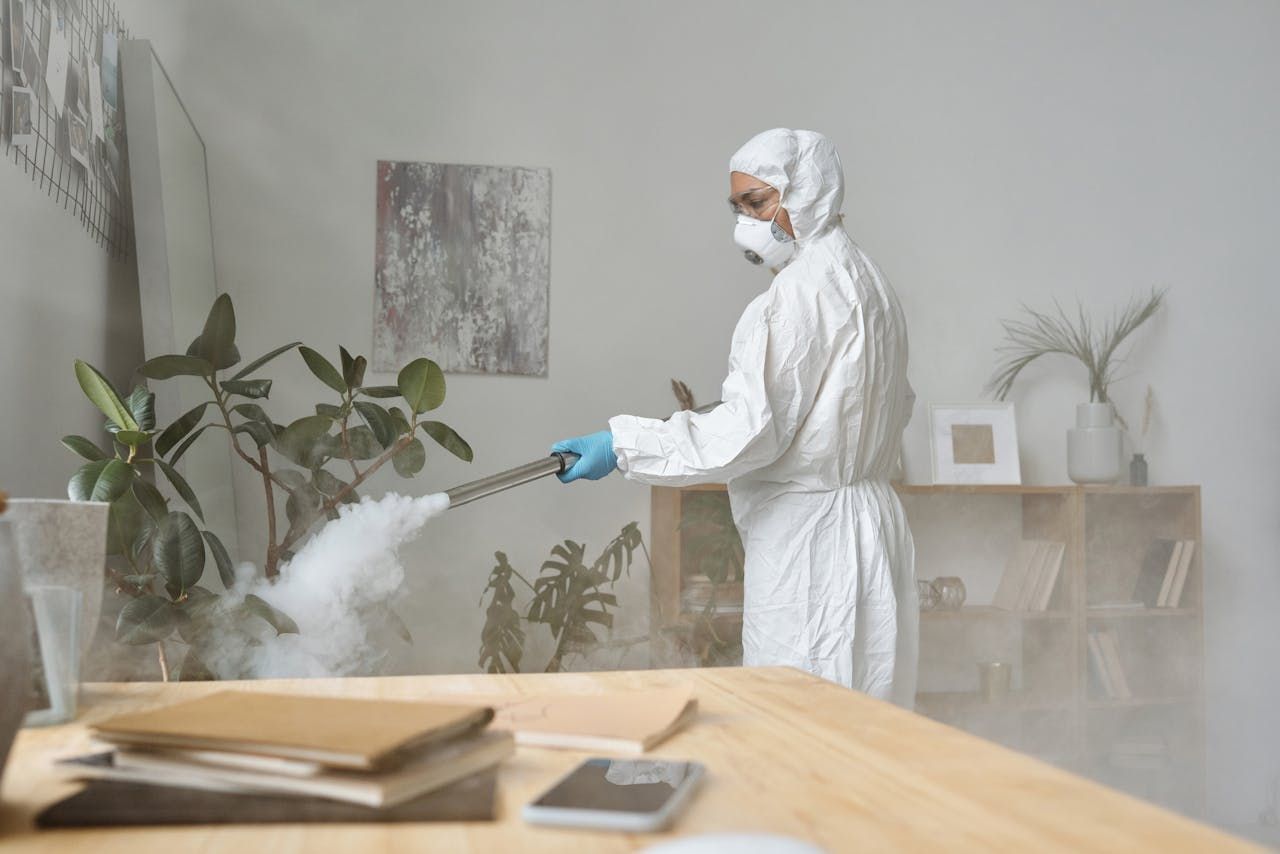Emergency Response Cleaning: Are You Prepared for the Unexpected?
The thing with emergencies is that often they’re also unexpected. But unexpected doesn't have to mean unprepared - anyone with even basic first aid can tell you that knowing what to do when something bad happens is the first step in reducing the impact of a disaster.
So, how is your emergency response cleaning plan? For most, it’s probably non-existent because, frankly, there aren’t too many risks. Or so you might think. Cast your mind back to November 2019. Did you know then what the coming months would bring? The masks, the endless cleaning, the distancing?
And it’s not just pandemics that need to be planned for - fires, floods, vandalism, contamination, spills - they’re just a taster of what you should have considered.
Thankfully, you’re reading this before a disaster strikes, so you can take notes and make that plan! Here’s what you should consider…
Types of Emergencies That Might Affect Your Workplace
There’s no way to plan for every bad case scenario, but there are certainly ways to prepare for what’s possible. In your business you juggle a lot of plates, and an emergency can bring them all crashing down, but with an emergency response cleaning plan prepped to go in these cases, you can limit the damage.
Some of the types of emergencies where you’d benefit from a cleaning plan would include:
Natural Disasters: Floods and storms are the most likely candidates, even here in the UK. Flooding is a real possibility in many counties and storms can do serious damage to your buildings and procedures.
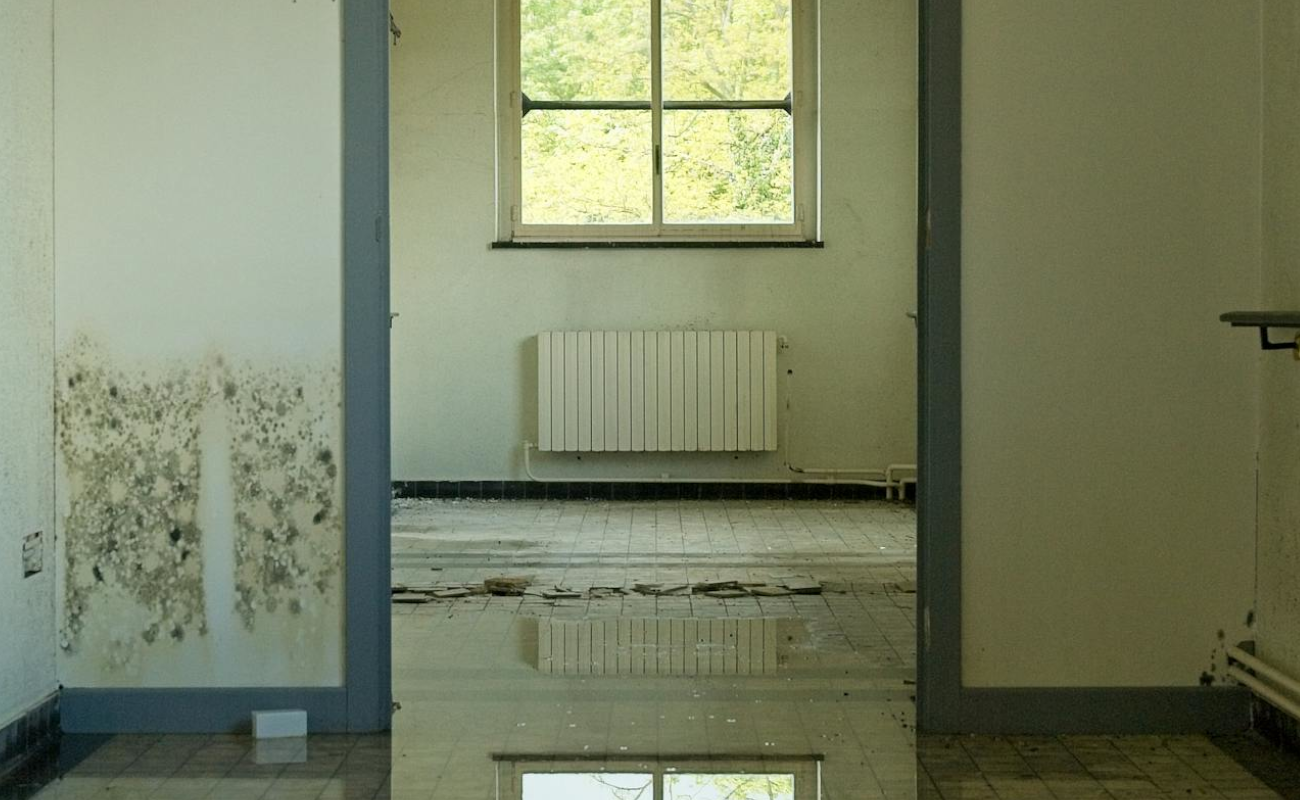
Fires:
Electrical fires, kitchen fires and arson are the main culprits for causing havoc in the workplace.
Water Damage:
Burst pipes, roof leaks and appliance malfunctions can cause serious water damage leading to delays and interruptions if they’re not cleaned up fast.
Vandalism and Break-ins: Property damage, graffiti and broken windows can either make an office unusable, or be a small setback that’s easily reversed so your team can get back to work as soon as possible.
Biological Contamination:
Spills, sewage backups, mould outbreaks and pest infestation aren’t pleasant things to think of, but they’re even worse to experience. These are times when you’ll wish you’d set up your emergency response cleaning plan in preparation for this.
Health: Flu, Covid, blood pools from accidents, viruses or superbugs can all lead to scary health concerns at work. With a professional cleaning team, your workplace can be safe, clean and compliant even in a health emergency.
Developing Your Emergency Response Plan
As a business owner or manager, you’ve done your fair share of strategy development. Creating an emergency response cleaning plan is no different. There are several factors to consider so that you’ve got all your bases covered:
Risk Assessment: Identify potential hazards and vulnerabilities in your workplace through a risk assessment (which we can also help with here at LNC as part of our facilities management services).
Emergency Contacts:
Create a list of essential contacts (this should include emergency services,
trusted
cleaners, electricians and plumbers
like LNC Services provides all in one, your insurance provider and key personnel like keyholders and managers).
Evacuation Procedures:
Establish clear evacuation routes and assembly points so that in the event of an emergency, your team knows exactly what to do and where to go without delay.
Communication Plan:
Outline how you will communicate with employees, customers or site visitors during an emergency. This may involve speaker announcements in a commercial space or calls to key staff on each floor in an office.
Cleaning and Restoration:
Detail the steps to take for cleaning and restoring the workplace after an emergency. Your professional cleaners can help to advise on this.
Training and Drills:
Conduct regular training and drills to ensure employees are prepared and there’s no room for mistakes should the worst really happen.
The Benefits of Professional Emergency Response Cleaning
Your emergency response cleaning plan will save you a lot of hurt, delays and expense while ensuring you stay health and safety compliant and prepared. Every business should have emergency response cleaning at their fingertips, already set up to go, because preparation like this gives you:
Minimised Downtime:
A quick response can help businesses resume operations faster, so you don’t get behind even in an emergency.
Reduced Costs:
Professional restoration can help salvage property and minimise repair costs so your business isn’t as deeply financially affected.
Health and Safety Compliance:
Professional cleaning ensures a safe and healthy environment, as well as making sure you stay compliant with necessary regulations.
Peace of Mind:
Having a trusted partner to handle emergencies allows businesses to focus on recovery, not anxieties.
The Role of Emergency Response Cleaning
Emergency response cleaning covers more than you may realise. It’s not just mopping up a few hazardous spills.
In the case of an emergency, you must first secure the area, assess the damage and contact the professionals you’ve agreed to use in these circumstances. We’ll get to you as soon as possible, and response time is the exact kind of thing you can discuss in more detail when creating your plan with us.
In a snapshot, our specialised cleaning and restoration services look like:
- Water damage restoration (this involves extraction, drying and dehumidification to prevent further moisture damage)
- Fire damage restoration (we provide smoke and soot removal and odour control to make your workplace usable and pleasant again)
- Mould remediation (when mould has taken over and caused serious health risks)
- Biohazard cleanup (think overflowing toilets or body fluids following a sickness outbreak)
- Debris removal and site cleanup (following floods, vandalism or storms this can be a big task)
Ready For The Worst?
Emergencies can happen at any time, and being prepared is a crucial way to come out on the other side unscathed. With an emergency cleaning plan in place your professional cleaning crew be ready to spring into action in the event of fires, floods, viruses and more. With everyone prepared, you can maintain a safe, hygienic and compliant workplace.
Looking for commercial cleaners you can trust in these tense situations?
Get in touch
with our friendly team and we’ll help you get a plan in place for peace of mind.
